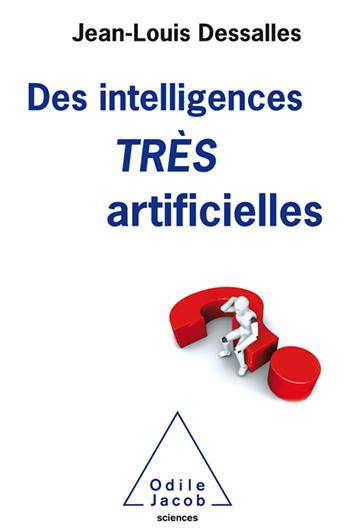Jean-louis Dessalles - Publications
[See all papers]
- [Representative Papers]
- [Talks]
See also Books:



| Evolution through natural selection can be simulated using techniques such as
genetic algorithms. The conceptual analysis of evolutionary phenomena suggests that
information plays a major role in the long term.
We might even consider that information matches the definition of being living. |
![]()